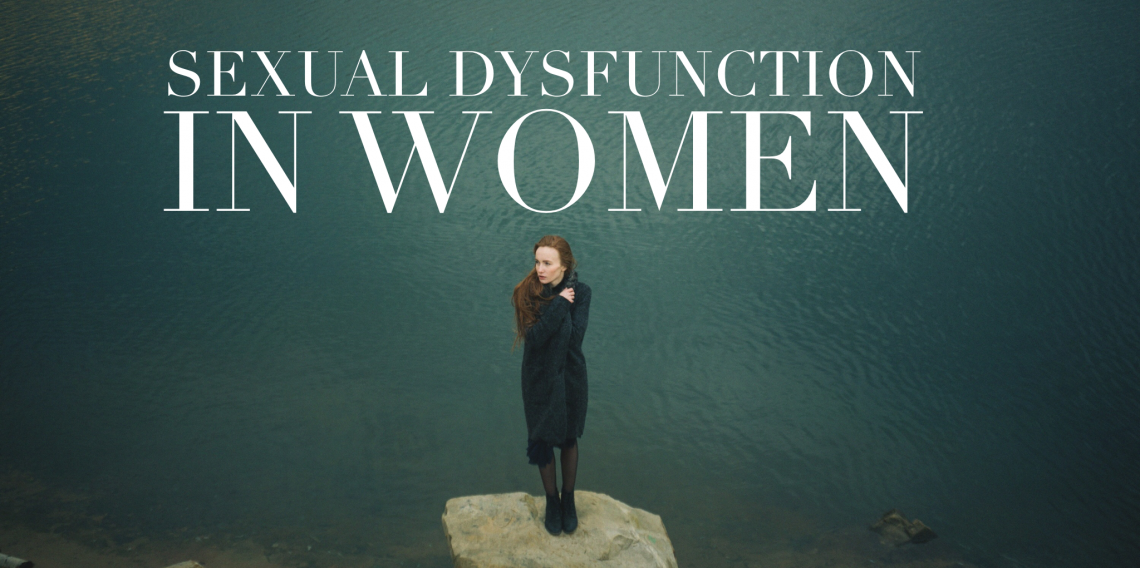The female sexual response system is very complex and, even now, isn’t fully understood yet. Today’s society, however, more fully embraces the nature of sex and sexual desire, as well as has a shifting focus on conditions women experience that have not been well explored before. Because of this rapidly evolving spotlight on women and sexuality, these conditions are being studied medically, and discoveries and solutions are still being made in the complex realm of female sexual disorders.
What is sexual dysfunction in women, exactly?
Generally described as persistent and recurrent issues regarding sexual desire, response, orgasm, and/or pain. Basically any sexual issue that causes strife between you and your partner in the bedroom. While sexual dysfunction in females isn’t as clear cut as something obvious like erectile dysfunction, the outcome of the symptoms is no less of a stressor on relationships, personal gratification, and general contentment.
 Well, that’s great. What causes it?
Well, that’s great. What causes it?
Unfortunately, because of the broad range of things that can be affected to result in sexual dysfunction, the spectrum for how they start is also broad. Condition origins are complex and range from intangible and psychological to an actual physiological condition, yet both of those can often yield the same result.
Psychological factors are the hardest to pinpoint. They often include someone’s past experiences, beliefs, religion, lifestyle, and prior and current relationships. The disruption of any of these, on top of physical issues, can affect our sexual desires, arousal, and sexual satisfaction. Because of these complex roots, treatment for sexual dysfunction in women usually has multiple approaches.
Let’s talk about Hypoactive Sexual Desire Disorder (HSDD)
This is a particular type of sexual dysfunction, focusing on the decreased sexual desire that causes personal distress and/or interpersonal difficulty. This is notably different than other dysfunctions such as female sexual arousal disorder, complications from PTSD, sexual aversion disorder, etc. As you might imagine, there are a many identified and named sexual disorders pertaining to both sexes, particularly females.
So why bring up HSDD?
HSDD is particularly common, with as much as 1 in every 10 women suffering from the condition. On top of being as common as it is, the condition itself can have moderate to severe negative consequences on a person’s quality of life and overall well-being. It’s been recognized that menopausal-aged women are slightly more at risk of developing this condition as well. The reason for this increase can be attributed to the hormonal effects menopause results in.
We’ve learned before that menopause is essentially the depletion of hormone production in the ovaries (link this to somewhere saying this.. It’s common knowledge), which exacerbate (and possibly have a heavy hand in creating, depending on the situation) the environment for HSDD. What’s also been learned after years of patient therapy is that specialized hormone therapy has been very successful in treating the condition of sexual dysfunction, particularly hypoactive sexual desire disorder!
For more information on sexual dysfunction and its treatment, as well as all things hormone-related, be sure to check out our website or call us at (225) 960-1580.

Leave a Reply